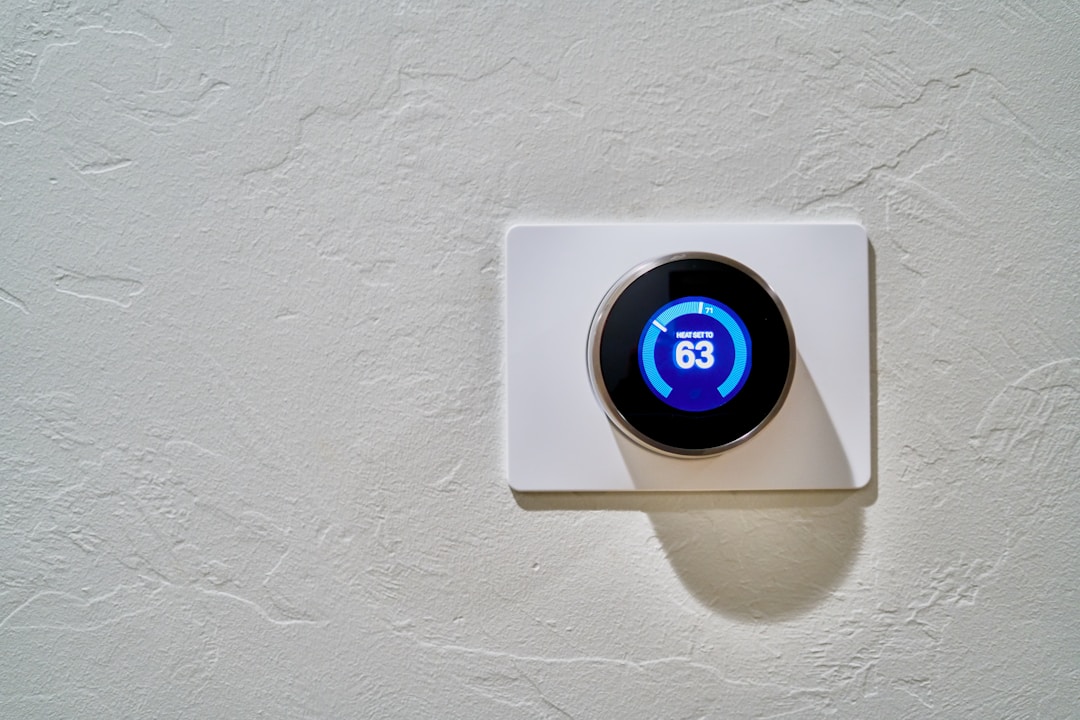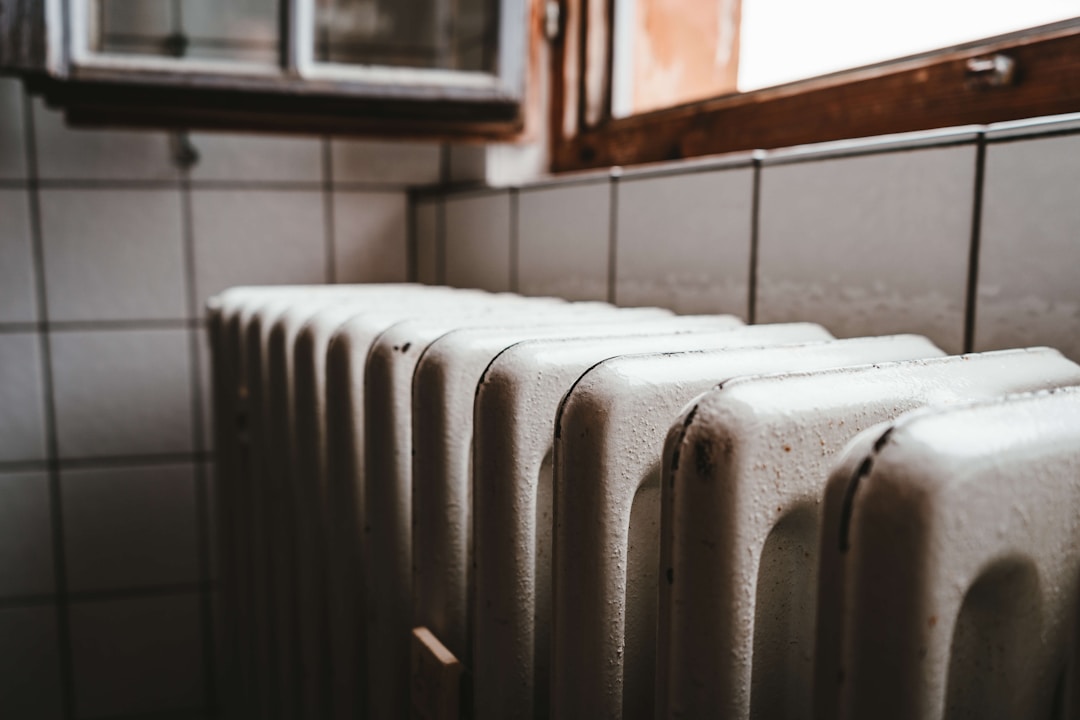As every homeowner knows, no matter how diligent you are with regular maintenance, there’s a chance that your home’s furnace could eventually have issues. As the winter approaches, it’s important for your family’s comfort and well-being that the heater is functioning properly during the season’s cold weather. Although there’s no substitute for routine visits from a professional technician, there are some easily spotted issues that could be causing your furnace to stop working. Here, we will look at 3 common reasons why cold air is coming out of your furnace and what type of repairs may be needed.
1. Possible Thermostat Issues

Depending upon the age of your heating system, it’s important that you first check your thermostat setting for any issues. Basic incompatibility with the furnace itself is easily solved. In older homes, the thermostat and heating system were often installed together as a single system, but with age and upgrades, there’s the potential that the units fail to connect. New technologies, such as a programmable “smart thermostat,” can notify you on its digital interface if this is troubleshooting. A thermostat problem is an easy fix if it’s the cause of cold air is coming out of furnace. But before you panic that either unit needs replacement, be sure to double-check the thermostat’s batteries!
2. Oil Tank and Oil Filter Maintenance
Another common cause of furnace failure is a lack of its primary fuel source. This is especially true of older homes equipped with a traditional fuel-based heating system. Many homeowners with older furnaces have to schedule regular oil delivery to keep their equipment running. A furnace being out of fuel can be a likely cause of cold air blowing from the unit, making the burners unable to light and circulate hotter airflow. Likewise, it’s equally important to keep watch over your furnace filter in the same way that you monitor the air filters of your home’s HVAC unit.
In the same manner, dirt and debris can build up. Ultimately, the dirty filter can cause a clog which prevents the furnace blower from circulating the warmed air. An additional concern is that a dirty air filter can lead to frequent overheating of the furnace itself. Over time, this could seriously damage your unit’s heat exchanger, necessitating a costly replacement rather than basic furnace repair.
3. Pilot light Problems

Although there are numerous types of furnaces, one of the most common types is gas burner technology. If your home is equipped with a gas furnace as its primary heating unit, any issues in maintaining hot air could be from the ignition system. Although this particular furnace problem requires professional maintenance, any homeowner can diagnosis this heat source issue with a check of the pilot light.
If your pilot light is out, the manufacturer should include the directions on relighting it on the unit itself or in the owner’s manual. Carefully follow those steps and see if the flame reignites. If the pilot light works but quickly flames out again, you may have to consult an HVAC professional. In the instances of a pilot light or ignition problem, the cause may be thermocouple-based. This will require the keen eye (and proper tool kit) of an experienced HVAC technician.
If the pilot light is merely dirty, you could attempt to clean it yourself. However, there’s little room for error, and it’s always better to be safe than sorry. Don’t be afraid to call in a professional, as furnace repair is always more cost-efficient than a full heating system replacement. However, if you find yourself making frequent maintenance calls, you may want to begin weighing your options for a new furnace sometime soon.

